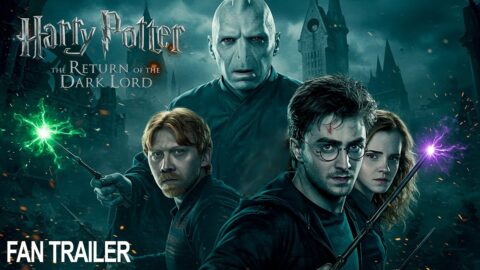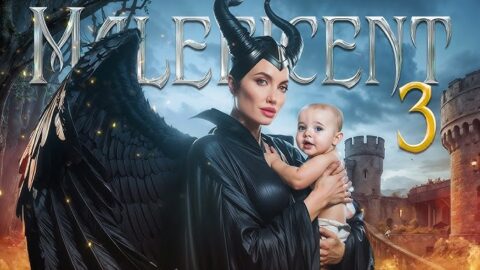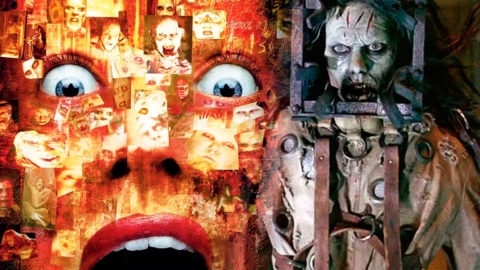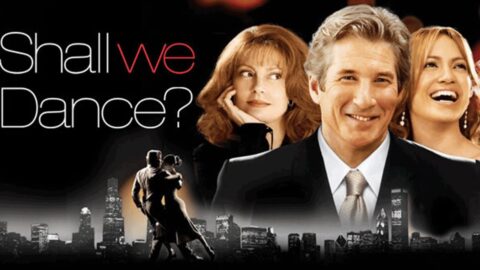Ken Russell’s Gothic (1986) is a feverish, hallucinatory plunge into the birth of one of literature’s darkest legends—an atmospheric nightmare that turns a famous real-life gathering into a twisted, phantasmagoric descent into the psyche. Part historical drama, part surreal horror, and part erotic fever dream, Gothic is quintessential Russell: provocative, extravagant, and unapologetically strange.
Set in 1816 at the infamous Villa Diodati on Lake Geneva, Gothic dramatizes the legendary night when Mary Godwin (soon to be Mary Shelley), Percy Bysshe Shelley, Lord Byron, Claire Clairmont, and Dr. John Polidori gathered for what became a defining moment in Gothic literature. Storm-bound and restless, the group amuses themselves with opium, erotic games, and ghost stories—unleashing repressed desires and terrors that will give birth to Frankenstein and The Vampyre.
Natasha Richardson shines as Mary Godwin, capturing the mix of innocence and dark curiosity that would fuel her creation of the world’s most famous monster. Gabriel Byrne’s Lord Byron is decadent, magnetic, and menacing—a poetic rock star whose charisma conceals a cruel streak. Julian Sands embodies the wild, fragile spirit of Shelley, while Timothy Spall’s Polidori is both pitiful and sinister in his longing for acceptance and inspiration.
Russell doesn’t settle for polite costume drama—instead, he infuses every frame with feverish imagery: swirling candlelit halls, thunderstorms that seem alive, blood, snakes, hallucinations, and surreal visions that blur the line between erotic fantasy and gothic nightmare. The atmosphere is oppressive yet hypnotic, matching the characters’ spiraling descent into madness and revelation.
Thomas Dolby’s haunting electronic score adds to the sense that this is no simple period piece but a cinematic ghost story unfolding inside a collective opium dream. The real horror is not just in the supernatural visions but in the characters’ unraveling minds—their buried guilt, forbidden lust, and repressed fears erupting in delirious hallucinations.
Gothic isn’t for everyone—it’s loud, chaotic, and at times deliberately excessive. But that’s its brilliance. Russell transforms a famous literary anecdote into an exploration of how fear, sex, genius, and madness intertwine to birth horror that still haunts us today. It’s less about historical accuracy than about capturing the spirit of Romanticism at its most dangerously intoxicating.
Decades later, Gothic remains a cult treasure for those who appreciate horror as more than monsters and jump scares. It’s a swirling, candlelit invitation to peer inside the minds of the artists who gave the world stories that have outlived their own tortured nights—proof that sometimes the scariest monsters are the ones we summon from within.







